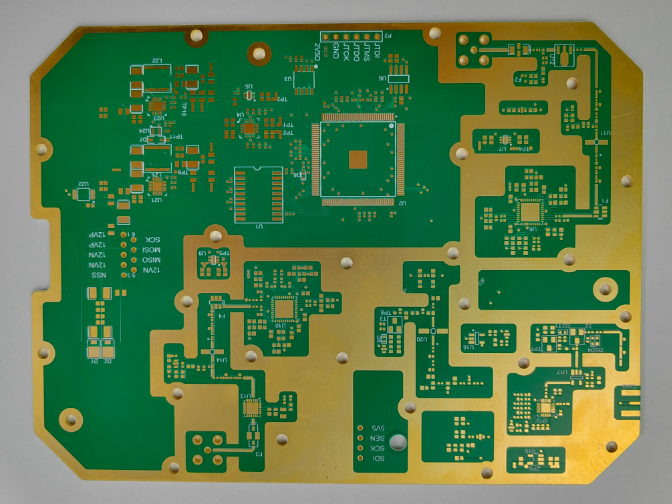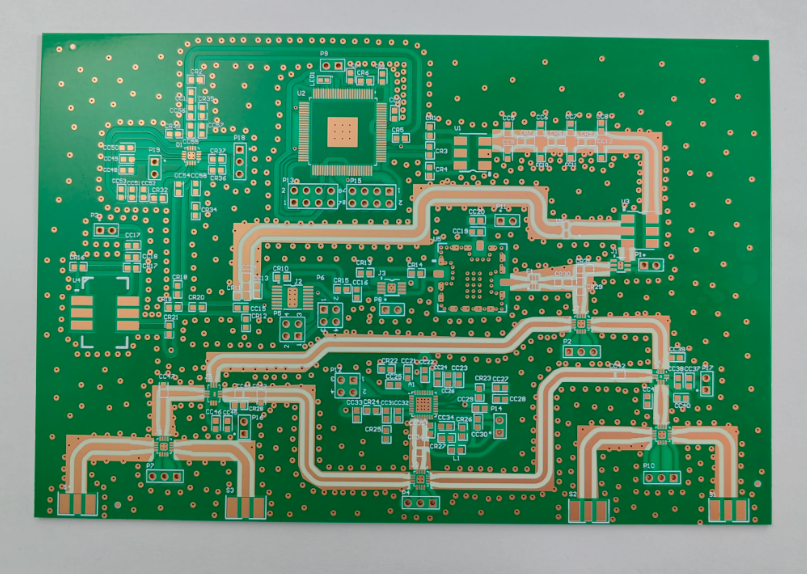+86 134 0021 8776
+86 134 0021 8776
Feb. 20, 2025
1, the weld-ability of the pcb’s hole affects the welding quality
Poor solder-ability of circuit board holes will produce virtual welding defects, affect the parameters of the components in the circuit, lead to the instability of the multilayer board components and the inner line, and cause the failure of the entire circuit function. The so-called weld-ability is the property of the metal surface being wetted by molten solder, that is, the metal surface where the solder forms a relatively uniform and continuous smooth adhesive film. The main factors affecting the weld-ability of printed circuit boards are:
(1)The composition of the solder and the nature of the solder. Solder is an important part of the welding chemical treatment process, which is composed of chemical materials containing flux, and the commonly used low-melting eutectic metal is Sn-Pb or Sn-Pb-Ag. Among them, the content of impurities should be controlled by a certain proportion to prevent the oxides generated by impurities from being dissolved by the flux. The function of the flux is to help the solder wet the circuit surface of the welded plate by transferring heat and removing rust. White rosin and isopropyl alcohol solvents are generally used.
(2)Welding temperature and metal surface cleanliness will also affect weld-ability. The temperature is too high, the solder diffusion speed is accelerated, at this time has a high activity, will make the circuit board and solder melt surface rapid oxidation, resulting in welding defects, circuit board surface contamination will also affect the weld-ability resulting in defects, these defects include tin beads, tin balls, open circuit, poor gloss and so on.

2. Welding defects caused by warping
The circuit board and components warped during the welding process, resulting in defects such as welding and short circuit due to stress deformation. Warping is often caused by a temperature imbalance between the upper and lower parts of the board. For large PCB, due to the weight of the board falling will also produce warping. The ordinary PBGA device is about 0.5mm away from the printed circuit board, if the device on the circuit board is large, as the circuit board cools down and returns to normal shape, the solder joint will be under stress for a long time, and if the device is raised by 0.1mm, it is enough to cause the virtual welding open circuit.

3, the design of the circuit board affects the welding quality
In the layout, when the board size is too large, although the welding is easier to control, the printing line is long, the impedance is increased, the anti-noise ability is reduced, and the cost is increased. When it is too small, the heat dissipation decreases, the welding is not easy to control, and the adjacent lines are easy to interfere with each other, such as electromagnetic interference of the circuit board. Therefore, the PCB board design must be optimized: (1) shorten the connection between high-frequency components and reduce EMI interference. (2) Large weight (such as more than 20g) components, should be fixed with a support, and then welded. (3) The heating element should consider the problem of heat dissipation, and the thermal element should be away from the heating source. (4) The arrangement of the components is as parallel as possible, so that it is not only beautiful but also easy to weld, which is suitable for mass production. The board design is the best 4∶3 rectangle. Do not change the wire width to avoid discontinuity in the wiring. When the circuit board is heated for a long time, the copper foil volume is easy to expand and fall off, so the use of large area copper foil should be avoided.
Hot Products
Navigation
+86 134 0021 8776
Floor 9, Aupu building, No. 395 XinShi North Road, Shijiazhuang Hebei, China
Request a Quote
